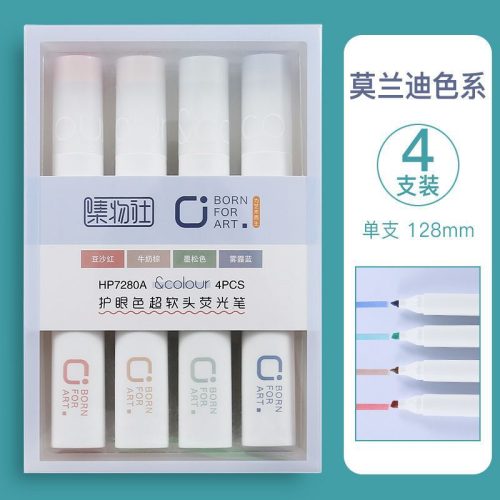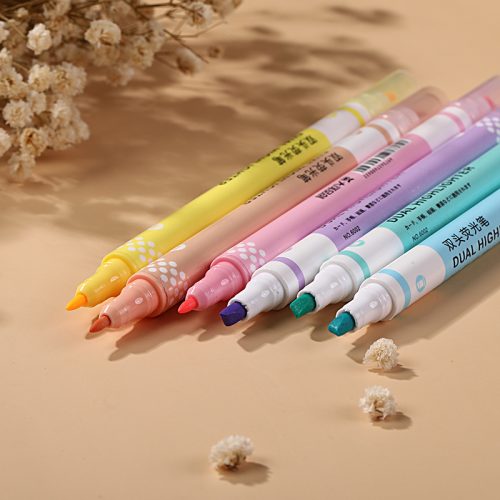Pencils are typically made of a combination of materials, with the primary components being wood and a graphite or clay core. Here’s a breakdown of the materials used in a typical wooden pencil:
- Wood: The outer casing of a pencil is usually made from wood. Cedarwood is a common choice due to its combination of light weight and durability. However, other types of wood may also be used, depending on the manufacturer’s preferences and the intended quality of the pencil.
- Graphite or Clay Core: The core of a pencil is what makes the marks when you write or draw. It’s not actually made of lead; instead, it’s composed of a mixture of graphite and clay. The proportions of graphite and clay determine the hardness or softness of the core. Pencils are classified by their hardness or softness using a grading scale that ranges from “H” (hard) to “B” (soft). For example, a 2H pencil contains more clay and is harder than a 2B pencil, which has more graphite and is softer.
- Metal Ferrule: The metal part that holds the eraser in place at the end of a pencil is called the ferrule. It is typically made of aluminum or a similar metal and is crimped onto the end of the wood to secure the eraser.
- Eraser: The eraser at the end of a pencil is typically made from a synthetic rubber compound. While it’s designed for erasing pencil marks, it may not work well on all surfaces and may leave smudges or residue on some types of paper.
- Paint or Lacquer: Pencils are often painted or coated with a lacquer to give them a polished and colorful appearance. The color of the paint or lacquer can vary widely between different brands and types of pencils.
These are the main materials that make up a traditional wooden pencil. There are also mechanical pencils that use a different design and materials, such as plastic or metal, for their outer casing and lead advancement mechanisms.


